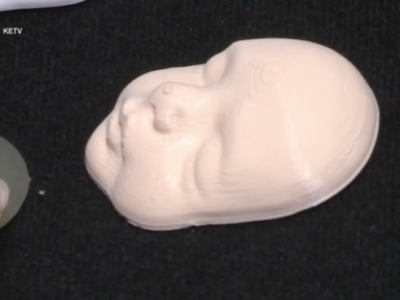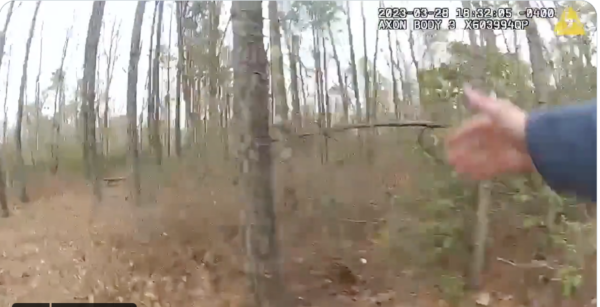
A remarkable discovery was made recently amidst the tranquil landscapes of the Netherlands that has given archeologists the shivers. Researchers have uncovered the existence of a Stonehenge-like sanctuary that had been previously unknown, representing a fascinating relic from the country’s ancient history. The site is said to be 4,000 years old and located near the town of Tiel, roughly 45 miles from Rotterdam.
Like the famous stone circle in southern England, writes ABC, the sanctuary — which was as big as at least three soccer fields and built with soil and wood — was built to align with the sun on the solstices.
The archaeologists also discovered offerings, including animal skeletons, human skulls and valuable items such as a bronze spearhead, at the spots where the sun shone through the openings.
While excavating the site in 2017, archaeologists also discovered several graves.
One grave was of a woman buried with a glass bead from Mesopotamia, present-day Iraq.
It is the oldest bead ever found in the Netherlands and researchers said it proved people of this area were in contact with people almost 5,000 kilometres away.
“Glass was not made here, so the bead must have been a spectacular item as for people then it was an unknown material,” said Stijn Arnoldussen, professor at the University of Groningen.
“Things were already being exchanged in those times. The bead may have been above ground for hundreds of years before it reached Tiel, but of course, it didn’t have to be,” Arnoldussen continued.
The archaeologists working at the site said they suspect the sanctuary was “highly significant” to the people of the time. The way the area was set up helped them keep track of special days in the year.
Tracking the solstices and equinoxes was “important for religious festivals, for example, but also to calculate what the sowing and harvesting times [were],” they explained in a statement.
The researchers also “said the ancient people also performed rituals and buried their dead at the site, where they also unearthed poles that likely stood along pathways used for processions,” according to The Independent.
Uncovering the “open-air sanctuary” began in 2017. “Studying a difference in clay composition and color, the scientists located three burial mounds on the excavations, a few kilometers from the banks of the Waal river.
The main mound is about 20 meters (65 feet) in diameter with its passages lined up to serve as a solar calendar,” wrote Phys.org.
Over a million objects at the site dating from the Stone Age, the Bronze Age, the Iron Age, the Roman Empire and the Middle Ages.
Although the site is not open to the public, archaeologists created two exhibits to show the artifacts found in the sanctuary. At the Flipje and Regional Museum, a selection of Bronze Age grave finds will be displayed until October 2023 while the National Museum of Antiquities in Leiden has an exhibit revealing objects from a group grave located about 660 feet south of the burial mounds.
[Read More: The Funeral Was Crying Until Knocking Came From Inside The Casket]









